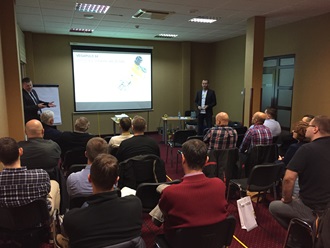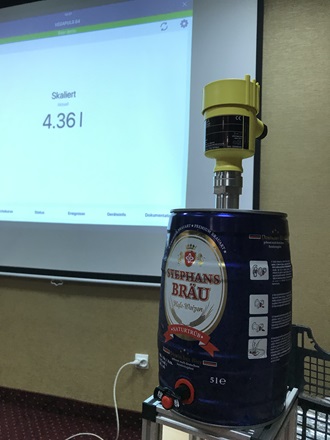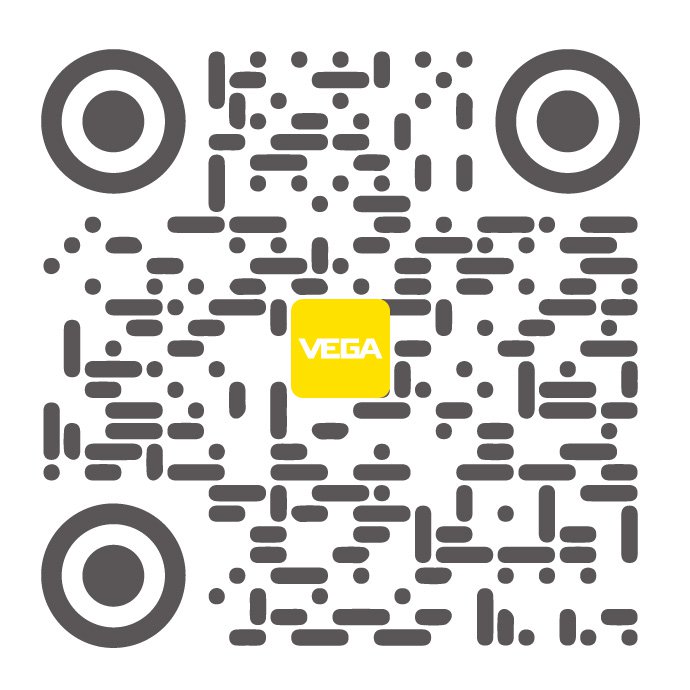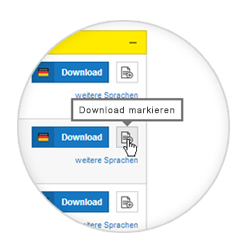Around the World with 80 GHz – We Love Radar ... and Poland
When traveling through northern Poland, there’s one thing that really catches the eye right away: the stark contrast between grey, concrete dominated suburbs and beautifully restored old towns and historic buildings. Our first stop in Poland late at night was an impressive experience. Suddenly we were standing near a huge cultural monument, one of the most significant and beautiful in the country. Impressively staged in warm floodlight, the imposing castle in Gniew loomed up in front of us – complete with hotel grounds. Fortunately, my Polish colleagues were on hand with the needed history knowledge: Gniew castle, known in German as Mewe, once belonged, along with Marienburg Castle, to the centre of the mighty Teutonic Order.
Focused measurements meet living history
In the massive, spacious castle ambience I was able to introduce 45 interested visitors to the advantages of VEGAPULS high-frequency radar sensors.
A German-Polish success story
Polish spoken here
Applications
Silo de armazenamento de açúcar e farinha
Medição de nível de enchimento e pressão em silos de armazenamento
Farinha e açúcar são produtos básicos para muitos gêneros alimentícios. Eles são armazenados em silos de até 20 m de altura. O enchimento e o esvaziamento ocorrem muitas vezes por sistemas pneumáticos, que transportam o produto dos silos grandes externos e o disponibilizam para o processamento posterior em reservatórios menores. O processo de enchimento e esvaziamento é controlado por uma medição contínua do nível de enchimento no silo e uma medição de pressão na linha de transporte.
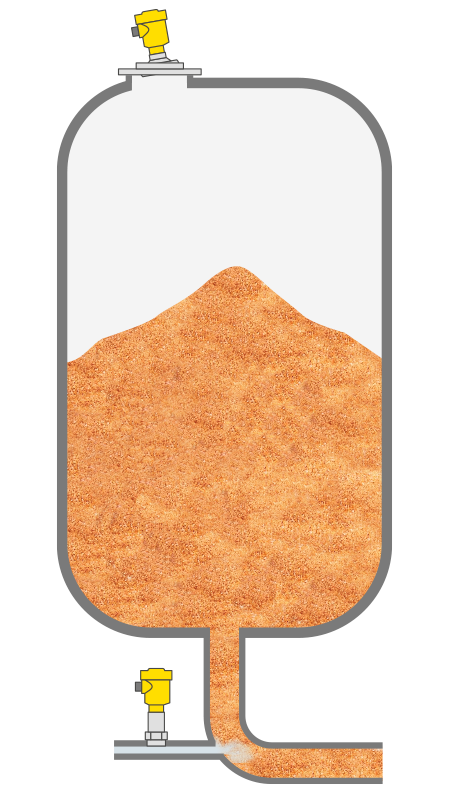
Seguro
Medição segura, mesmo com produtos abrasivos
Econômico
Dois sensores padrão para todas as aplicações
Uso fácil
Fácil comissionamento
We need your consent
This content is provided by an external provider. If you activate the content, personal data may be processed and cookies set.
Exportar este artigo
Baixar como PDFCompartilhar post
Comentários ({{comments.length}})
{{getCommentAuthor(comment, "Anônimo")}} {{comment.timestamp | date : "dd.MM.yyyy HH:mm" }}
{{comment.comment}}

